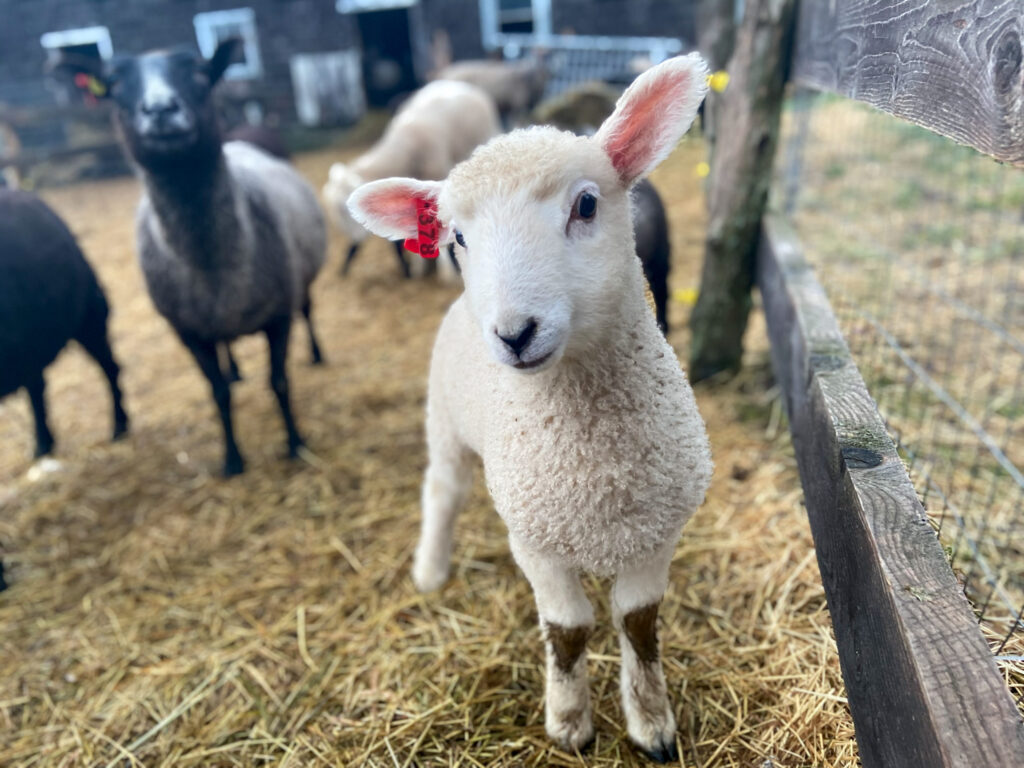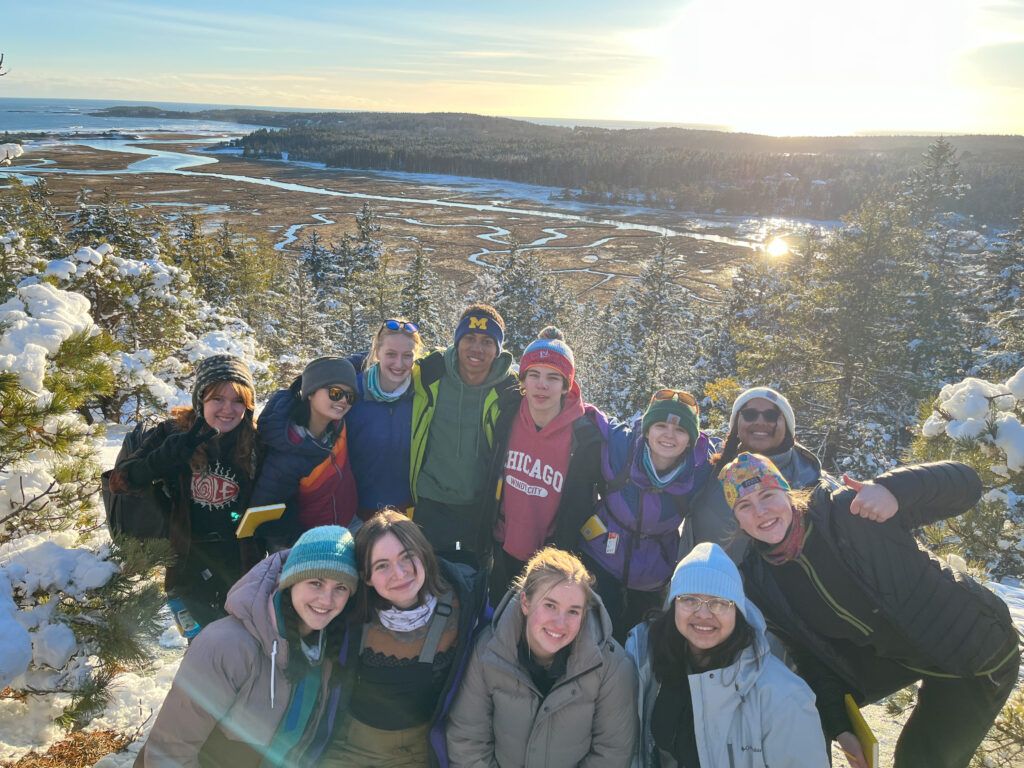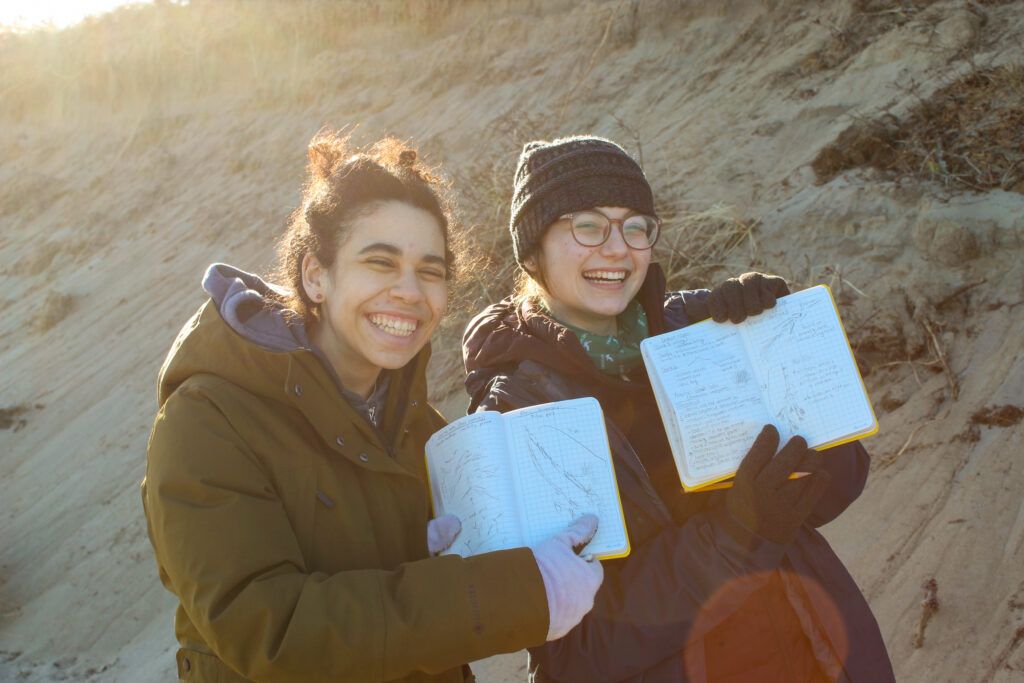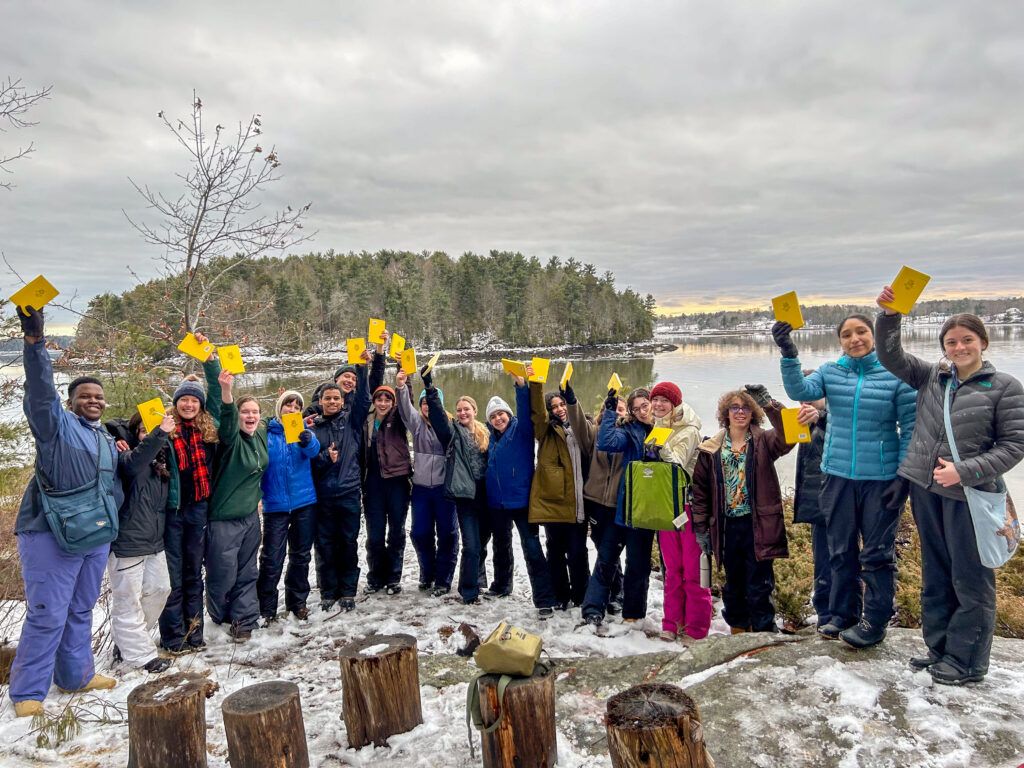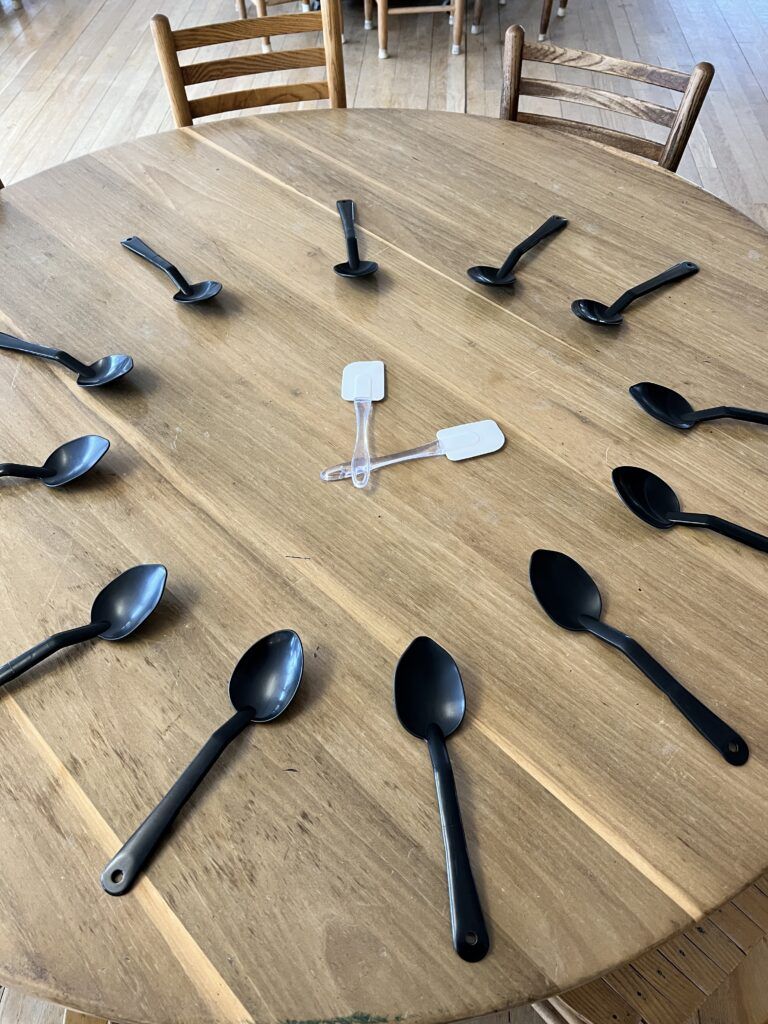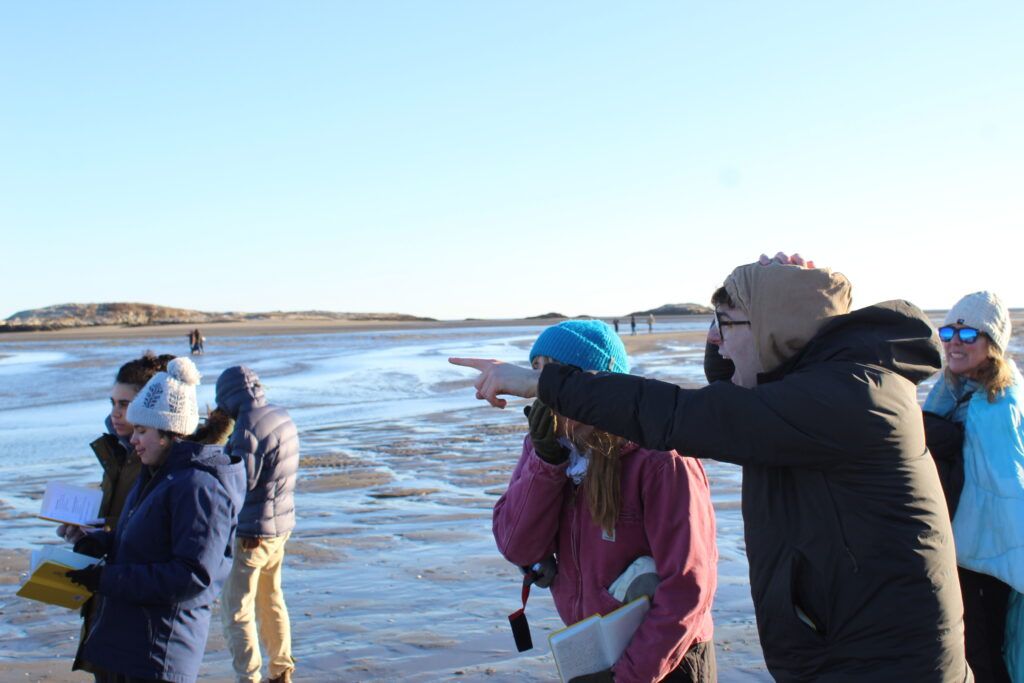We’re almost two weeks into the semester and I already know one of the things I’ll miss most: early morning farm chores. My cabin mates might disagree, but nevertheless, we’ve all made it to farm chores every morning for the last week and a half. And I absolutely love it.
Each day, we wake up at six to go collect compost and slop from the Wallace and bring it down to the farm, where we split off into our individual chores. In the fall, there are four chores that are done by students every morning: pigs & compost, gathering and washing eggs, feeding the turkeys, and checking fencing on the cows and sheep. My friend Katherine and I are on pasture chores.
As soon as we drop off the compost cart, we head to the barn to grab the whiteboard that tells us where the cows and sheep are and which fencing needs taking down. We say a quick hi to Bob and Ted, the horses, who are having breakfast in their stalls, then make sure the electric fence is off before walking down to the pasture. The cows and sheep are rotated twice a day, so they’re always in a new spot when we show up. Occasionally, there’s a surprise waiting for us by the pasture: an animal that got loose! On Monday, we were running around with Megan the farmer at 6:30 AM to herd three sheep back into the pen. They had escaped when the fence was turned off because they didn’t like their area for the day. Everyone got back in safely, but it definitely woke me up.
Our first item on the list is to check the corners of the fence. The farmers use lots of temporary fencing because it’s easy to set up and take down, but that means that the corners sometimes don’t stay attached to each other very well. Katherine and I have to walk around the edges of the pasture to ensure that all of the fencing is connected and will keep all of the animals in place. If it’s not connected, we wrap a bit of extra fencing around the fence we’re connecting it to so the electricity is able to move from one fence to the next. Checking the fencing is my favorite part of farm chores because it means getting close to the animals. Most of the sheep are very standoffish but we have been stared at a lot, and occasionally one will come over to get head scratches (sidenote: how are you supposed to pet a sheep? Can they feel it through their wool?). One of the younger cows, named Grandpa, is very friendly and comes over a lot to be petted. He’s not fully grown yet, which is lucky for us because he likes to request pets by rubbing his huge face against us. He’s incredibly cute though, so he always gets some eventually.
Our second task is to take down the old fencing and organize it so the farmers can easily go get it again. We walk down the line of fencing and pull the stakes out of the ground, then tie them together and place them down in the grass near the barn. I always feel like I’m dragging the fence through so much animal poop, of which there is plenty (my boots are not allowed inside the cabin at the moment). Finally, we head to the barn for some quick communal chores with the rest of the group. These include climbing up to the hayloft to throw down a few bales, then raking and sweeping the barn so it’s all nice and clean for a bit. I always make sure to say hi to Ruby the barn cat, then we load up with some fresh eggs and make our way back to the Wallace for breakfast!
Emerson Pelletier, East Longmeadow High School, East Longmeadow MA

